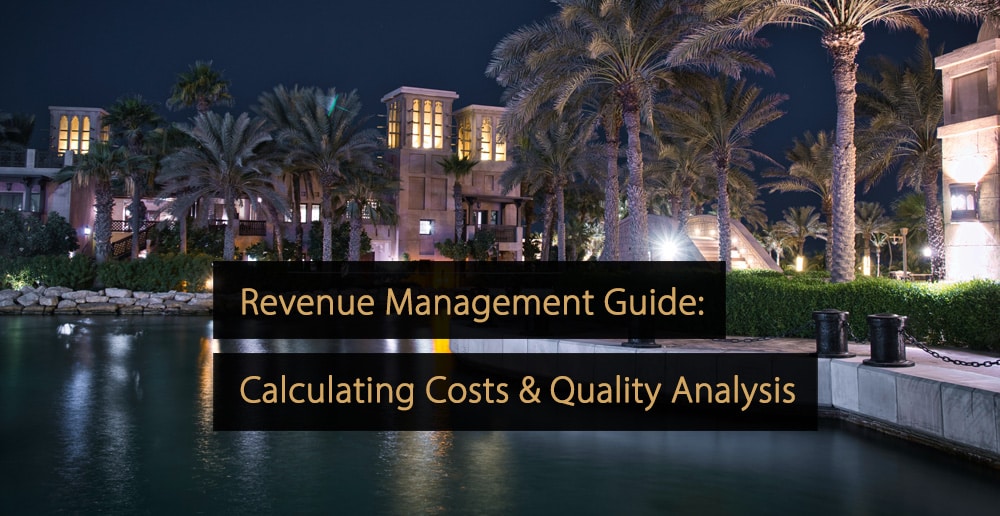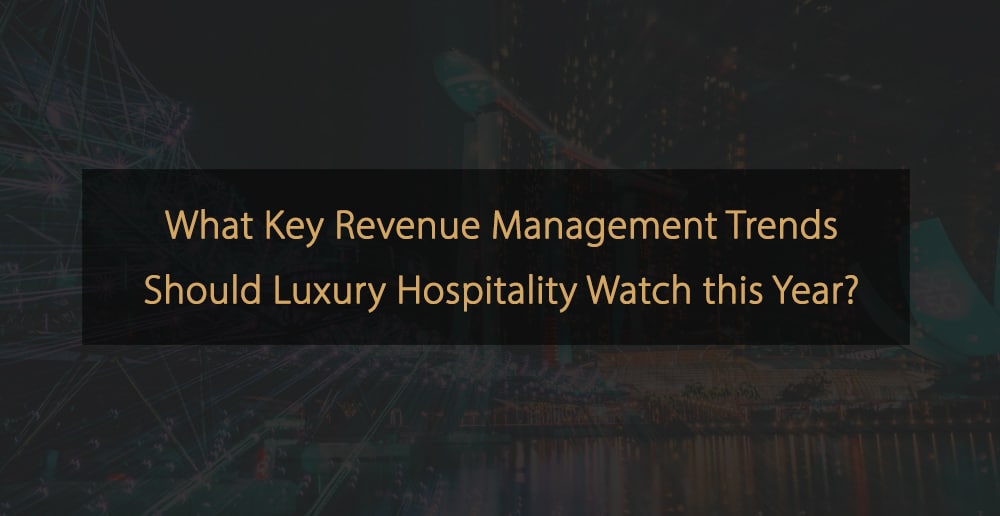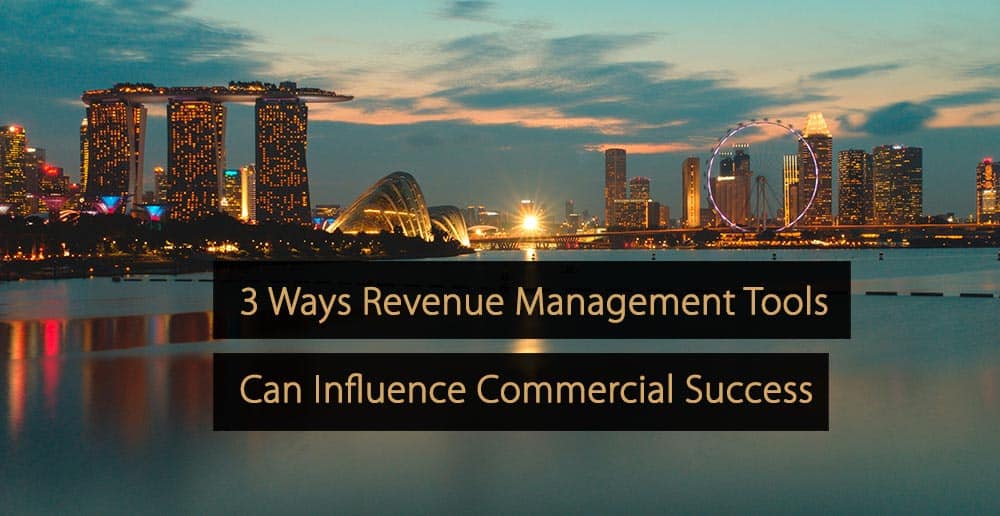While the Omicron variant slowed market recovery in 2021, STR’s data reveals a strong positive trend for the hospitality industry for 2022 and beyond. In this article, you’ll learn how to stay ahead of the competition by understanding the three data pillars of a forward-looking revenue strategy.
Global Occupancy Increased
It shows that the net propensity to travel has increased to 32% in February 2022 for domestic and international trips. This is a big leap from late 2021, when the same metric came to -20% and -56%, respectively.
More recently, STR discovered that globally occupancy increased by 2.1% to 57.5% in the last week of April 2022. With ADR remaining stable at US$127, RevPAR rose by 3.9% in the same timeframe.
But things are still not entirely as they once were. Past demand and travel patterns aren’t back in place and likely won’t be for some time. According to STR, 25% of markets worldwide are still in a recession or even a depression phase.
The Old Ways Won’t be Enough to Succeed in this New Environment
For revenue managers, this means that the old ways won’t be enough to succeed in this new environment. Even post-recovery, you can’t stick with or go back to looking only at historical and competitor data to set rates.
Instead, make forward-looking demand signals part of the data set that informs your pricing decisions. This permits you to adjust your strategies and capture demand well ahead of your competitors. As a result, you’ll win big even if your region’s overall recovery may prove sluggish.
The Three Data Pillars of a Forward-looking Revenue Strategy
Historical internal data used to be the golden standard for forecasting demand and business potential. It played a part in forming long-term strategies for immediate pricing updates.
The pandemic upset this well-established process because it upended long-standing travel patterns and recurring demand trends.
Yes, historical and internal information is still important. But without external forward-looking data, you won’t have the necessary insights to make optimal pricing decisions. Consequently, a broader approach is needed today.
Let’s look at the three data pillars you need to shape your high-yielding forward-looking revenue strategy.
1. Internal Data
Let’s start with the classics. Your historical performance data gives you perspective and shows you what’s possible. It can also reveal where you could do better in the future in terms of pricing and pacing and which guest segments and source markets to focus on.
Next, shift your view to the present and examine your on-the-books (OTB) data. Among others, it answers questions such as:
- How much-confirmed business do you already have for a set date or period?
- How quickly are new bookings coming in for this date or period?
- How are your guest segments and source markets performing?
- Which length of stay and booking patterns is popular among your guest segments?
Compare historical and OTB data to see trends and changes in booking behavior. Here you’ll find the first clues about the potential for optimizing your rates and distribution.
2. Market Data
This includes upcoming events and holidays, and your comp sets rates, restrictions and inclusions. Monitoring this reveals what other players are doing and who is offering the best value for money. It also allows you to benchmark and sees who performs best over a specific timeframe. This is the basis you need to begin optimizing your positioning.
Look at market OTB data to take your analysis to the next level. You are seeing how your OTB business compares to the compset shows if you’re ahead or behind. Again, it’s time to ask yourself what this says about your pricing strategy’s success. Which tweaks are needed? Where can you double down on things that are working well?
3. External travel search data
Flight and hotel search pressure tells you how many people are searching for which dates. This indicates overall travel intent well before you see bookings come in and allows you to be more proactive with your pricing.
Drill down on this data to get answers to the following questions:
- Which markets are you searching for? Are they your typical key source markets or different ones?
- What are they checking? Look at LOS, travel dates, and stay patterns (weekend, weekdays…).
- What is the booking window? Is the lead time the same as usual, or is it different?
That will help you understand where your demand comes from and what travelers are looking for. The results could differ from what you’re used to since domestic and regional travel are still more popular than international trips.
Examine your offers against this information and ask yourself:
- Do you have what travelers are looking for?
- How can you make your offering more attractive?
- Is there a high-demand market you could do more to reach, e.g. via targeted promotions?
This will put you on the route to better reach future travelers while they plan their trips.
These three data pillars will give you a complete understanding of your market, your position and the unconstrained demand. But there’s one more very important step that will ensure you get the most out of it all. This lays the groundwork for informed pricing decisions.
An automated RMS – The Key to Optimal Pricing Decisions in Times of Changing Booking Behavior
Optimal pricing is not about always being the cheapest. It’s about offering the best value for money on what travelers are currently looking for. Use the data insights into emerging and existing demand to provide value through optimized pricing and inclusions. This will make your hotel more competitive and attractive.
The three data pillars mentioned above are crucial for this. However, collecting and analyzing them manually is highly time-consuming and can’t be done in real time. On top of that, some data points are hard to access without business intelligence tools.
An RMS incorporating forward-looking data addresses all these challenges because it can gather and evaluate all three key data pillars in real time. Atomize is a prime example of such an RMS. It works with leading business intelligence tools to access real-time market, competitor and forward-looking demand data.
On top of this, the RMS now leverages its newest partnership with Trivago, the global accommodation search platform, to access live search data for over five million hotels worldwide. This provides an even more reliable indicator of future travel intent and refines the rate suggestions.
Switch to Full Automation
You can decide if you want to review the price recommendations or if you want to switch on full automation and rates will be adjusted instantly in response to market shifts. This saves you valuable time and ensures you always adapt your rates to the current demand in real time. All this happens automatically and continuously, without you having to lift a finger.
These live rate updates give you a massive competitive advantage. Before your competitors realize that demand is shifting, you’ve optimized your rates and created suitable offers to capture it.
This is how your RMS can take the tactical tasks off your plate and free you up to focus on the strategic aspects, such as creating targeted offers for specific regions or evaluating your performance to find areas needing attention. As a result, you’ll increase your chances of capturing more demand than the competition and getting the very most out of the recovery phase at your hotel.
Free Guide: Revenue Management Software Guide
As the world of hospitality transforms, revenue management software empowers hotels to keep pace with emerging industry shifts. With the accelerated adoption of cutting-edge technology, hotels gravitate towards highly automated systems to boost decision-making and streamline operations.
Click here to download the “Revenue Management Software Guide”.
More Tips to Grow Your Business
Revfine.com is the leading knowledge platform for the hospitality and travel industry. Professionals use our insights, strategies, and actionable tips to get inspired, optimize revenue, innovate processes, and improve customer experience.Explore expert advice on management, marketing, revenue management, operations, software, and technology in our dedicated Hotel, Hospitality, and Travel & Tourism categories.








I think it is a good tip to check demand based on how many people are looking for particular dates by looking at the flight and hotel search pressure, thanks!